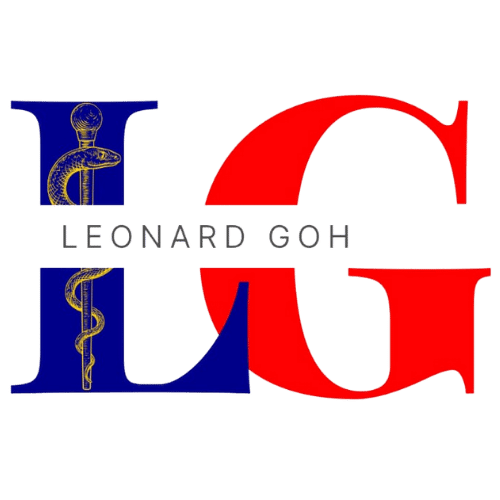In addition to the MCQ examination (otherwise called AMC Part 1), IMGs on the Standard Pathway will have to complete 47 weeks of supervised practice and a clinical assessment – either the workplace-based assessment (WBA) or the Clinical Examinations (also known as AMC Part 2).
I was initially adamant on going through the WBA programme, as I preferred the idea of a continuous year-long assessment that WBA offered compared to the single high-stakes 1-day Clinical Examination. However, after my wife did some cost calculations, we quickly realised that we could theoretically fail the Clinical Examination two times, pass on the third attempt, and still save on time PLUS money in comparison to the option of WBA in my hospital.
[NOTE: this may or may not hold true depending on each centre’s (variable) fees for administering the WBA programme, which is separate from the $1070 fee charged by the Australian Medical Council.]
We therefore opted for the Clinical Examination option and both successfully cleared it on our first attempt. According to the wife’s girl math, this translated to massive savings of $9000+ per person which has now been allocated to her future spending account for handbags – YSL/Chanel/Lowe, anyone? Heh. But I digress.
We both passed with just four weeks of intensive dedicated exam preparation, so I probably would not be the best person to provide tips or advice on how to prepare for it. The only sole advice I might offer would perhaps be to NOT procrastinate on studying till the exam is just four weeks away. Unless you are an adrenaline junkie who loves living life on the edge, is in this for the thrill of a nail-biting anxiety-inducing rollercoaster ride, and doesn’t mind throwing away $4000.
Nevertheless, these are a few things that really helped in my overall preparation in my opinion:
1. Ongoing work experience in a local Australian clinical setting
By the time I sat for my Clinical Examination, I had already been working full-time for 9 months in an Australian emergency department. I believe this helped in familiarising myself with the common presentations, treatment pathways, as well as the Australian way of patient communication and rapport-building.
Each patient I saw in the ED was essentially a practice session, and I tried to keep my line of questioning direct as if it were an exam scenario. It was also an opportunity to practice the systems-based physical examination techniques and flow I had just revised. I believe this is a more natural and organic method of exam preparation, as opposed to finding a friend to be your simulated patient.
In other words, look for opportunities to turn your daily work into mini-stations. We are only limited by our creativity!
2. Dr Amir’s IMG4IMG workshops
I must acknowledge Dr Amir’s workshops in helping me cram for the exam within a short four weeks. I find his workshops to be very comprehensive and fairly priced. [No, I am not being paid to promote this.] Other available resources you may find useful include Riley’s notes and Telegram groups, though I did not go through them during my preparations.
3. Professional development leave (PDL) for exam prep
Another crucial factor for my successful attempt at the clinical exams would be the support from my ED admin team, who approved 2 full weeks of PDL before my exam date. Not everyone may be this lucky to have such an understanding medical admin team in their hospital, but do try to put in the PDL request as soon as you confirm your exam date.
Last but not least, I have heard that booking the AMC Clinical Examinations now requires a credit card for fee processing, so you may want to have one ready when the time comes!
